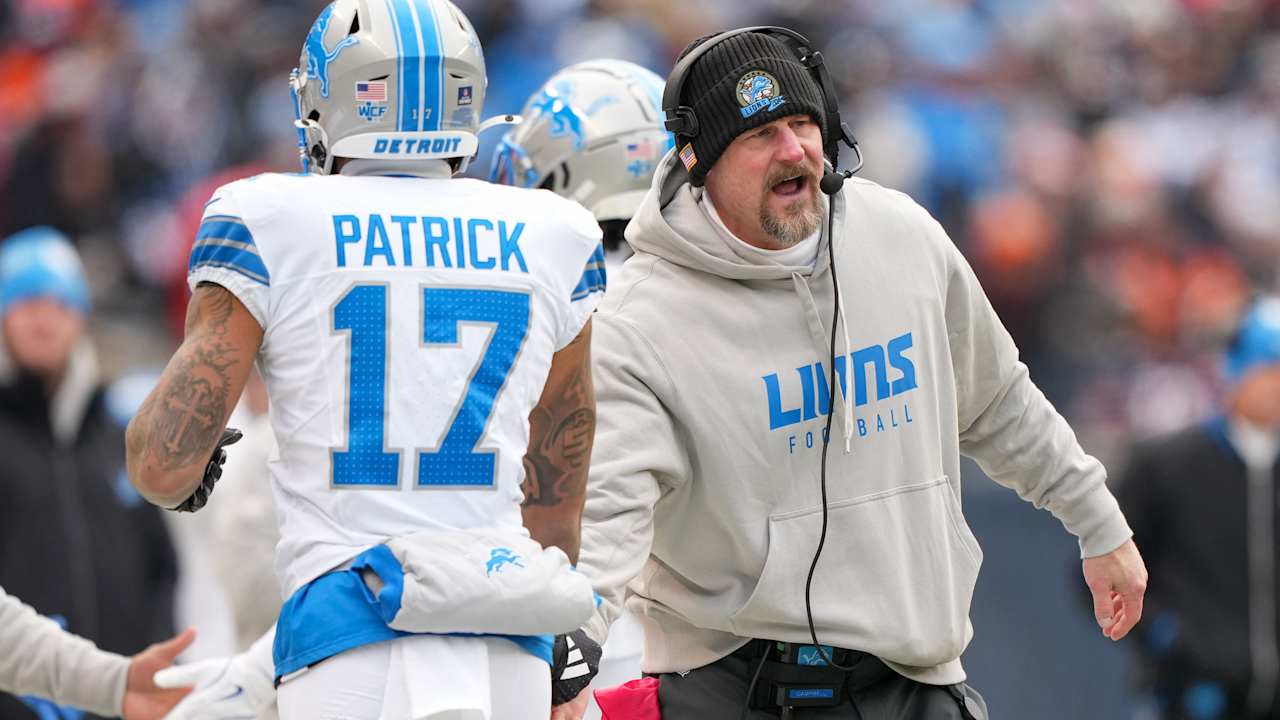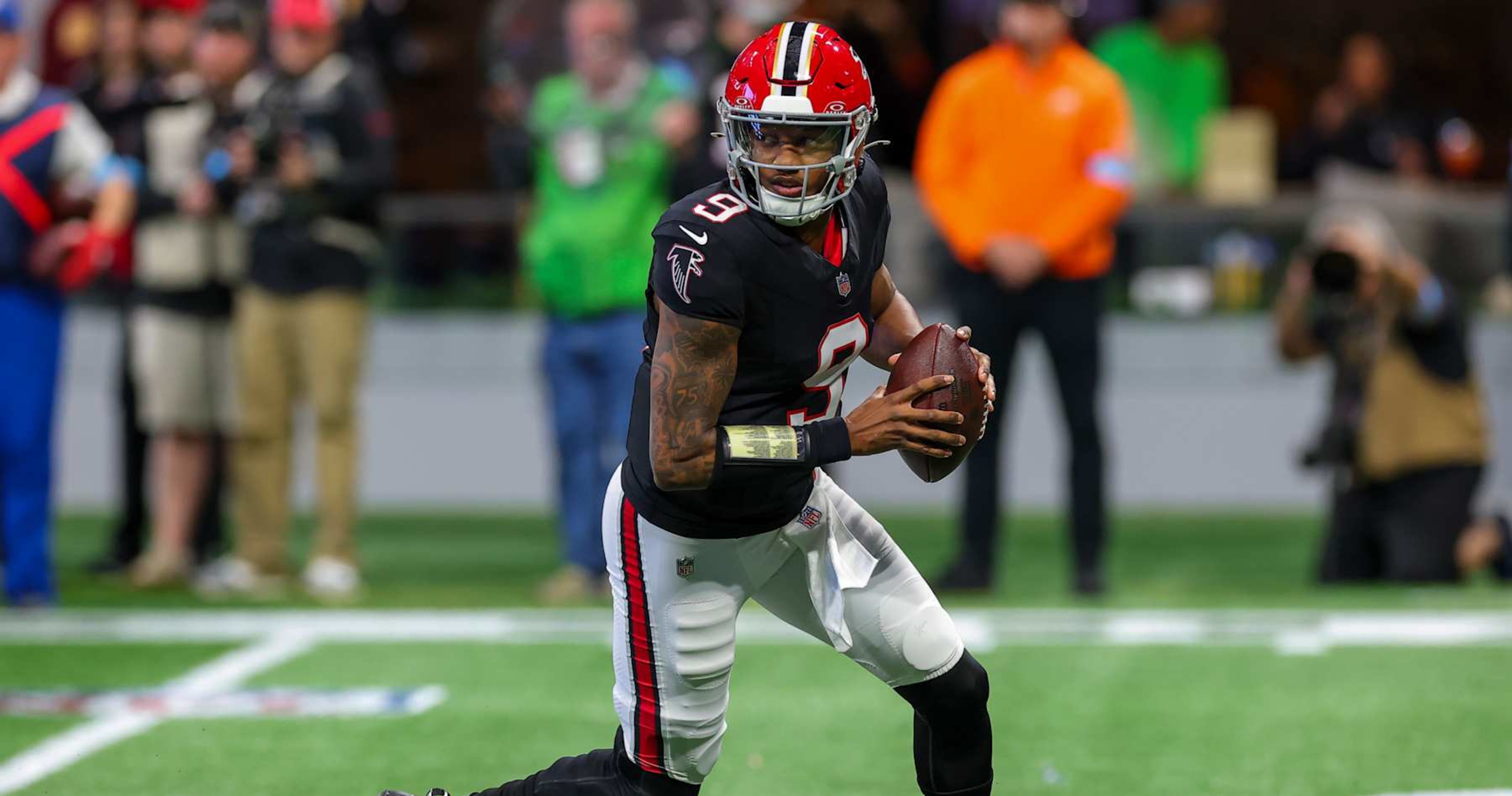Basketball
Will The Bucks Be Back?

In each of the past two seasons, the Milwaukee Bucks have lost in the first round of the playoffs. Over the 11 games it took to do so, Giannis Anteteokounmpo played in just three and none, this April, when they fell to the Indiana Pacers. Such limited availability is not representative. Antetokounmpo has been mostly healthy over his 11-year career, never missing even 20 games in a season. In 2023-24, he only missed nine, but just happened to be hurt when the games mattered most.
He also quietly had one of his best seasons ever, averaging 30 points per game with the highest field-goal percentage of his life, consistently setting a relentless pace for a team that won 49 games despite tons of turmoil. Turmoil? That was new head coach Adrian Griffin squabbling with a veteran assistant during training camp, who then quit the team; that was Griffin not lasting the season, and being replaced by Doc Rivers; that was the very incomplete integration of Damian Lillard, whose style is decidedly less swashbuckling than the outgoing Jrue Holiday’s; that was Khris Middleton missing 27 games, and being stuck with a minutes limit in many of those that he played.
It’s hard to say how much the Bucks figured out the tempestuous rapids they found their 23-24 ship in. When your best player can’t make it to the postseason, the bottom line gets blurry. Keeping the boat from total destruction is not nothing, but life after a championship brings harsh expectations that Milwaukee hasn’t met since their 2021 crowning. The addition of Lillard was supposed to help them change that. It hasn’t, but still could. There were only glimpses of the hyped pick-and-roll chemistry between him and Giannis, but in a broader sense, the dynamic of their dual gravity was visible all season long, and increasingly lethal as it went on. Even without their skill sets properly coordinated, defenses predictably struggled when going against one of the sport’s best perimeter scorers and one of its best interior scorers, simultaneously.
That the Bucks will remain a top-10 offense seems likely. The only reason to think otherwise stems from (understandable) doubts about the health of their old core. But even the loss of Malik Beasley’s shooting has been accounted for; in steps Gary Trent Jr., who should keep defenses spread while also competing better on defense. Trent is an upgrade, and it was shocking that he was available as late into the offseason as he was, and at as cheap of a price—a strong indication that the NBA’s talent pool is currently more than deep enough to withstand an impending two-team expansion.
Defense is the question, for the Bucks. It was a mess in 23-24; several different messes, actually. Griffin tried to shift their strategy to a more aggressive, turnover-hunting approach that theoretically suits Antetokounmpo, but he clearly battled with the muscle memory built over five seasons in Mike Budenholzer’s protect-the-base scheme. Others fared worse, especially perennial Defensive Player of the Year candidate Brook Lopez, who earns his stars by squatting and swatting in the paint; a brontosaurus who owns his all-important tree, but who cannot survive in a foot war for the rest of the land.
Rivers tried to re-install the Budenholzer system, roughly, and had decent success at it—but it will never be the same with Lillard in Holiday’s place. At its best, the new version of the old defense utilized Lillard as bait, giving up top-of-the-key, switch-hunting screens, and then having Lillard cede drives so that ball-handlers could find themselves in a forest populated by Lopez and Antetokounmpo’s terrifying arms. This strategy was optimized in a late-season showcase against the Oklahoma City Thunder, in which the Bucks defended MVP runner-up Shai Gilgeous-Alexander into one of his worst games of the season: 12 points, and four turnovers to just two assists in a loud 118-93 Milwaukee victory.
It was one of a handful of little-heard statement games from last year’s Bucks, who usually squashed their own reputational momentum with baffling losses; following their stomping out of the Thunder, they dropped six of their next seven contests, including losses to non-playoff teams like the Toronto Raptors, Washington Wizards, and Memphis Grizzlies. At times the most impressive team around—including during two blowout wins over the eventual champion Boston Celtics—the 23-24 Bucks were never consistent enough to earn the basketball world’s broader confidence.
The hope for this season is that, without so much chaos, their quick flashes of brilliance will instead be multi-week, fear-inducing exhibits of organizational excellence. In addition to all that went wrong for last year’s team, there was a sense that they were a group of old, proven dogs comfortable running for the win only when the weather was just right. As much as anything schematic, the Bucks need to rebuild their Budenholzerian ethic of treating every night like an all-important pass/fail exam. Should they do that, they will return to the top of the class.










